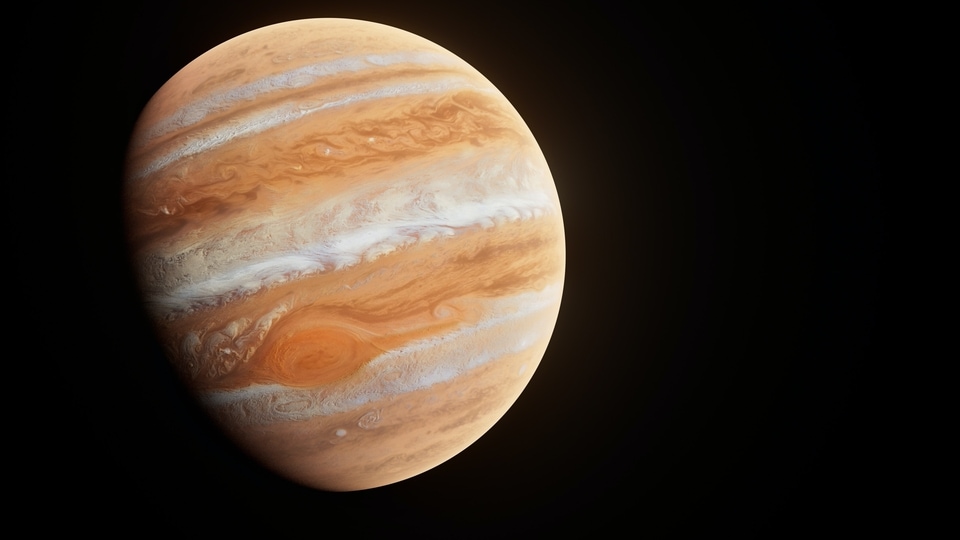James Webb Space Telescope finds a jet stream in Jupiter's atmosphere
NASA's James Webb Space Telescope has made a ground-breaking discovery in Jupiter's atmosphere, revealing a high-speed jet stream that spans over 3,000 miles above the planet's equator.






 View all Images
View all ImagesThe James Webb Space Telescope, NASA's cutting-edge space observatory, has made a remarkable discovery in Jupiter's atmosphere, uncovering a previously unseen high-speed jet stream.
This jet stream spans over 3,000 miles and is positioned above Jupiter's equator, distinct from the main cloud decks.
Jet stream in Jupiter's atmosphere
The discovery has provided valuable insights into the interactions between the various layers of Jupiter's turbulent atmosphere, shedding light on how they work together.
The lead author of the study, Ricardo Hueso from the University of the Basque Country, expressed surprise at this finding and emphasized that the Webb Telescope's capabilities allowed for the observation of previously blurry features with precision.
The research relied on data captured by Webb's Near-Infrared Camera (NIRCam) in July 2022, as part of the Early Release Science program.
The program aimed to capture images of Jupiter at intervals of one Jupiter day, or 10 hours apart, using four different filters to detect changes in small features at various altitudes in Jupiter's atmosphere.
The Webb telescope's observations have already provided new insights into Jupiter's rings, satellites, and atmosphere, complementing data gathered by other missions and telescopes, including NASA's Hubble Space Telescope.
Unlike Earth, Jupiter is a gas giant, but both planets have layered atmospheres. Webb's unique capability to look deeper into the near-infrared range allowed for the observation of higher-altitude layers of Jupiter's atmosphere.
The newly discovered jet stream on Jupiter travels at a staggering speed of 320 miles per hour and is located approximately 25 miles above the planet's clouds in the lower stratosphere.
The research team plans to continue observing Jupiter with the Webb telescope to monitor changes in the jet's speed and altitude, potentially uncovering more about Jupiter's complex atmospheric patterns. Their findings were published in Nature Astronomy, highlighting the ongoing discoveries made possible by this revolutionary telescope.
Catch all the Latest Tech News, Mobile News, Laptop News, Gaming news, Wearables News , How To News, also keep up with us on Whatsapp channel,Twitter, Facebook, Google News, and Instagram. For our latest videos, subscribe to our YouTube channel.































